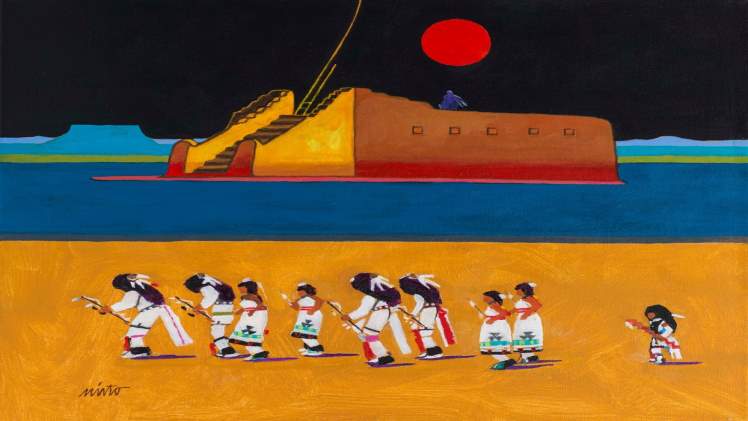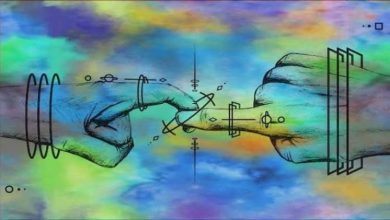The Relationship Between Art and Culture

Art and culture influence society on a fundamental level. It shapes our perceptions of the world and instills values. Through its creative expressions, we can share our experiences and memories across time and space. It also affects our fundamental sense of self. Much research has explored the relationship between art and the brain. One study conducted at Newcastle University found that contemporary visual art had a positive impact on the mood of elderly nursing home residents. There are many reasons why we need to understand the relationship between art and culture.
For example, in the 1960s, the Situationists were among the pioneers of street art that was meant to jolt people. The Situationists demonstrated that art can suspend established norms and order. This same idea was applied in central London during the Extinction Rebellion’s street art project. By focusing on art and culture as a means to change social conditions, art, and culture can help us understand the world better and appreciate diversity.
In addition to this, the art has a profound impact on the formation and development of societies. It reaches people on a deep emotional level. Because of this, art is a powerful way to bridge the gaps between cultures. It can symbolize core beliefs and emotions. In addition to this, art is a means to express societal rank, prestige, and power. For example, a painting, a sculpture, a musical performance, or a play are all examples of art.

